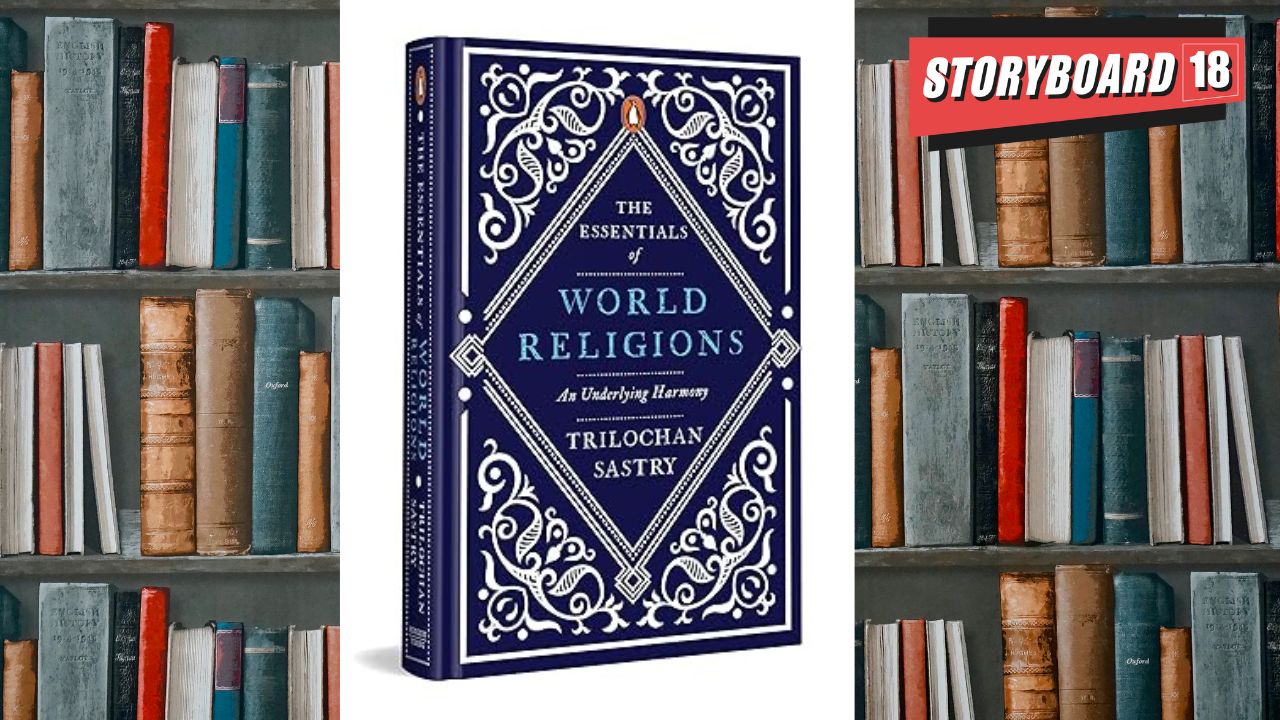Author Trilochan Sastry is clear about why he has written The Essentials of World Religions. He says, ‘economic slowdowns, religious and political extremism are major issues we grapple with today’, even as people of different races, religions and cultures live together.
With the population of migrants more than the world population in the 17th century, there is opportunity for harmony and conflict both. The author nails the crisis we face by saying, ‘The seeds of conflict no longer lie merely in politics, religion, leaders or crisis. These seeds are now present in the minds of ordinary people. To resolve these conflicts sometimes seems impossible. … unfortunately, it also leads to suspicion of other religions.’
How did this conflict enter our minds? Religion as a force to bring people together is its highest cause. All religions offer foundational support to ideologies, practices and attitudes. And yet, we don’t invest time in reading the texts ourselves, instead relying on interpretations, laments the author.
Here are our five #BookStrapping insights:
1. My first thought as I was reviewing this book, was that I want to gift this or similar books such as The Way to Communal Harmony by Mahatma Gandhi, to every youth and child I know. Children must read the foundational texts of the religion they are born into and that of others.
2. Social norms such as modes of dress and food are not the core of any religion. The ideology and the teachings are. Religions differ either in their emphasis of a certain practice or a few philosophical and theological issues. These differences may have also been emphasized in later writings. So go to the source to determine the core teachings.
3. Sastry quotes Swami Vivekananda to good effect. ‘I am a Hindu. I am sitting in my own little well and thinking that the world world is my little well. The Christian sits in his own little well and thinks that the world world is his well. The Mohammadan sits in his own little well and thinks that the world world is his well.’ Parochial but true.
4. Sastry also defines atheists as those who reject religion. They are convinced that it is a force drenched in human blood, destroying civilizations and sending whole nations to despair.
5. With specific chapters dedicated to the origin and ethos of the major religions, Sastry says that any accurate description of the Gods is not possible. In essence, God is the doer and creator, fearless, without hatred, beyond time, yet manifest, unborn, self-existent. How have we misinterpreted such divinity to our own peril, discombobulating a whole populace to choose violence in defense of that which cannot be comprehended, let alone defended by humans.
Coming back to the purpose of the book, it is relevant that Trilochan Sastry quotes Arnold Toynbee, the author of the twelve-volume ‘A Study of History’ as follows, ‘a harmony of religions can make it possible for the human race to grow together into a single family- and in the atomic age, this is the only alternative to destroying ourselves.’
Let’s start reading more about religion and discovering the truths for ourselves.
Reeta Ramamurthy Gupta is a columnist and bestselling biographer. She is credited with the internationally acclaimed Red Dot Experiment, a decadal six-nation study on how ‘culture impacts communication.’ Asia’s first reading coach, you can find her on Instagram @OfficialReetaGupta
Read More: Bookstrapping: Alok Sama’s ‘The Money Trap’ and Benjamin Graham’s ‘The Intelligent Investor’
